Status: Completing documentation target May 11th.
Purchase within the US/Canada: Lectronz
Purchase worldwide: Available on May 30th

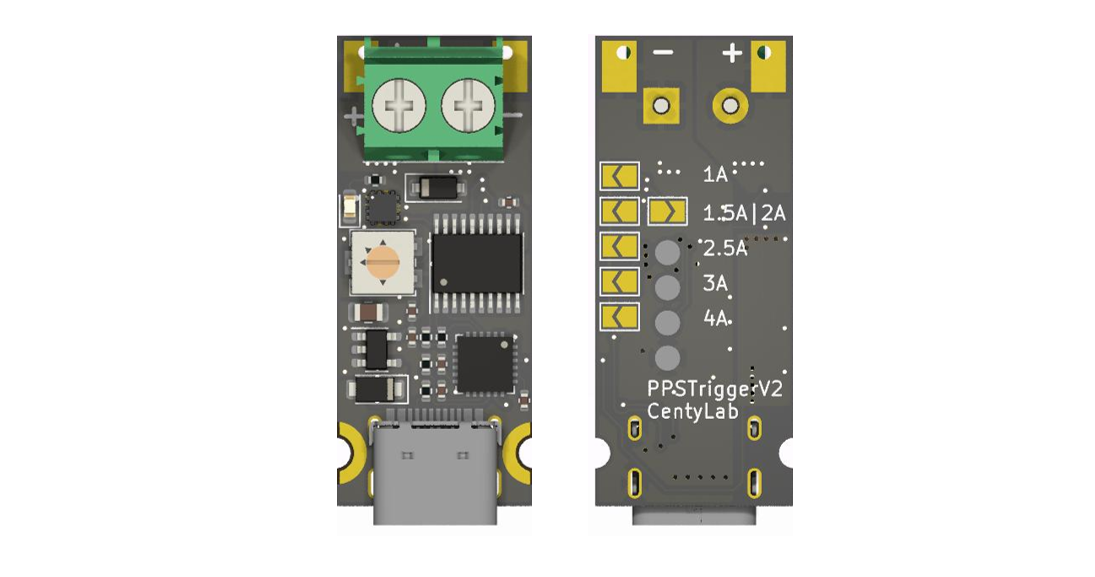
Specification
USB-C Trigger for fixed PDOs, or PPS with Constant Voltage or Constant Current mode. The operating trigger range is 3.3V-21V @ 3A max.
Improvement from version 1
- Constant current mode
- Better overall ESD protection
- Output flyback diode protection
- Reverse current protection
How to use the board
- Default (no jumper): CV mode. Max voltage is set by the potentiometer. Maximum current rated for cable/power supply.
- 1A jumper: CC mode at 1A. Max voltage is set by the potentiometer.
- 1.5A jumper: CC mode at 1.5A. Max voltage is set by the potentiometer.
- 2A jumper: CC mode at 2A. Max voltage is set by the potentiometer.
- 2.5A jumper: CC mode at 2.5A. Max voltage is set by the potentiometer.
- 3A jumper: CC mode at 3A. Max voltage is set by the potentiometer.
- 4A jumper: No application
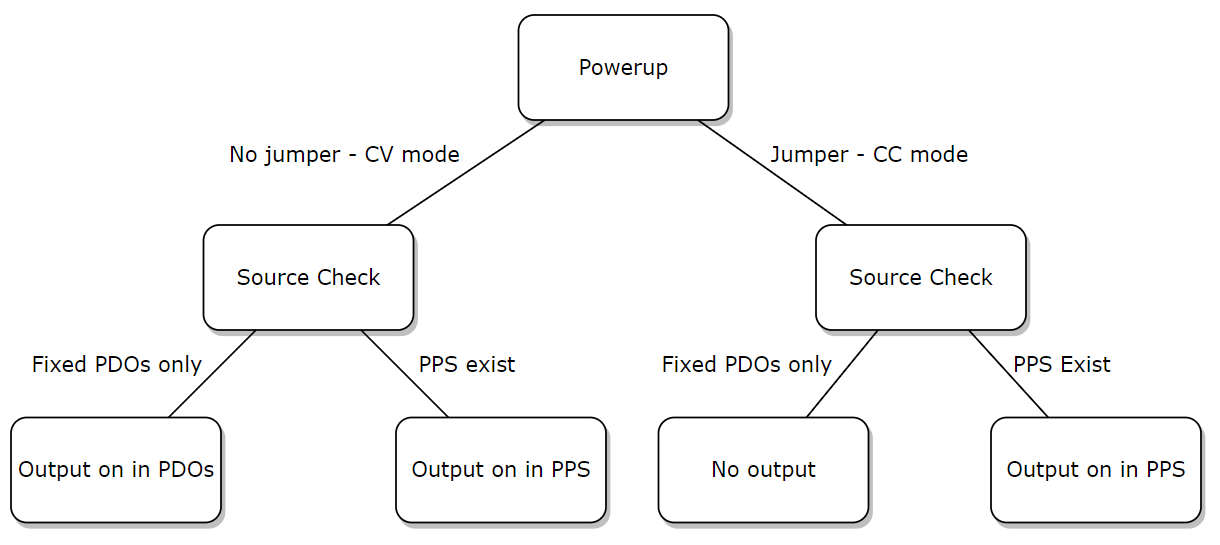
*Fixed PDO: Flat voltage level like 5V, 9V, 12V, 15V, and 20V
*CC: Constant Current Mode
*CV: Constant Voltage Mode
Important note
Not all USB-C power supplies support Programmable Power Supply (PPS). and not all PPS power supplies support CC mode. Through our small sample size that includes powerbank/charger from Anker, Ugreen, and Baseus, here is our recommendation for getting Constant Current mode out of the box:
- UGREEN 100W USB PD 3.0
- UGREEN 140W USB PD 3.1
- UGREEN 160W USB PD 3.1
- Anker 737 GaNPrime 120W
- Anker 737 PowerCore 24K
Our lab recommends using the UGREEN Nexode charger. There are other UGREEN Nexode chargers that our lab has not tested. Your feedback on that charger will be appreciated!
When using a source that doesn't support, the supply can just maintain operation in CV mode for an indefinite amount of time, or reboot the power after some time. This reboot time seems inconsistent across different brands and product lines.
Programmable Power Supply (PPS) in PD3.0/PD3.1
Detail specifications for PPS mode can be found at USB Power Delivery 2019 Presentation
Even though the downstream device can request a 50mA current limit step in PPS mode, the lowest settable current limit is 1A with ± 100mA accuracy. This value is called iPpsCLMin in the specification. When the load is attached, and the current exceeds the limit value, the charger should lower the voltage until the current reaches the target limit. If the voltage is lower to 3.3V and the current is still exceeded, the supply will "give up" regulation and maintain the lowest voltage at 3.3V while outputing whatever current is being drawn.
Reverse current protection is not mentioned in the specification. Reverse current can happen when your source voltage is lower than your device voltage, normally your battery (Vsouce < Vbatt), thus allowing current to flow from your battery to your charger. Anker has confirmed that their IQ standard supports reverse current protection, but all manufacturers do not guarantee implementation.
For this, PPSTrigger has also implemented reverse current protection, regardless of your charger implementation. Current only starts to flow when your Vsource > Vbatt.
Dimension

 CentyLab
CentyLab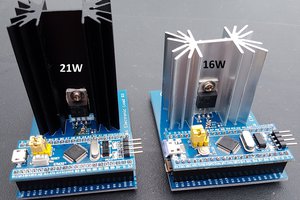
 Jasper Sikken
Jasper Sikken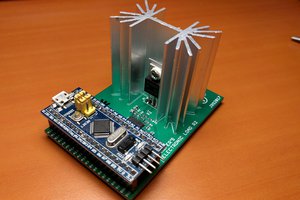
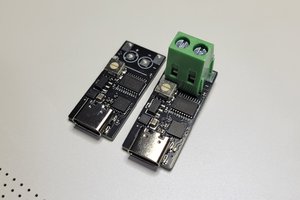

 Shuo Cao
Shuo Cao